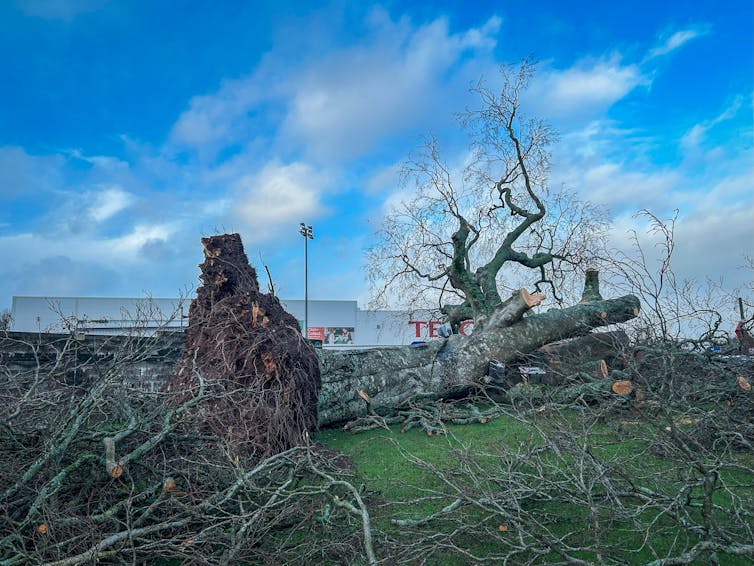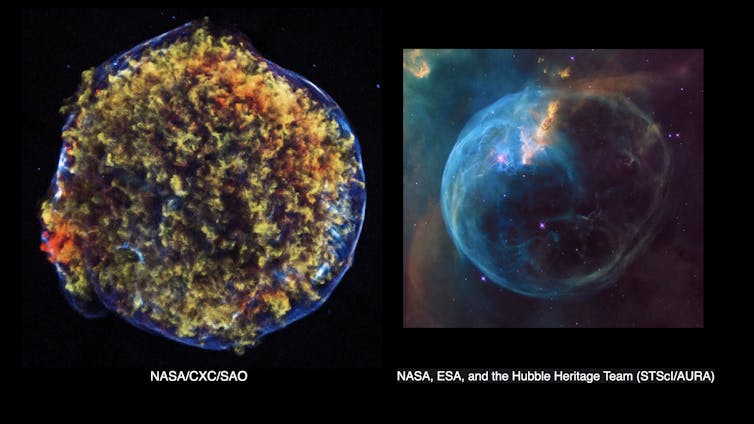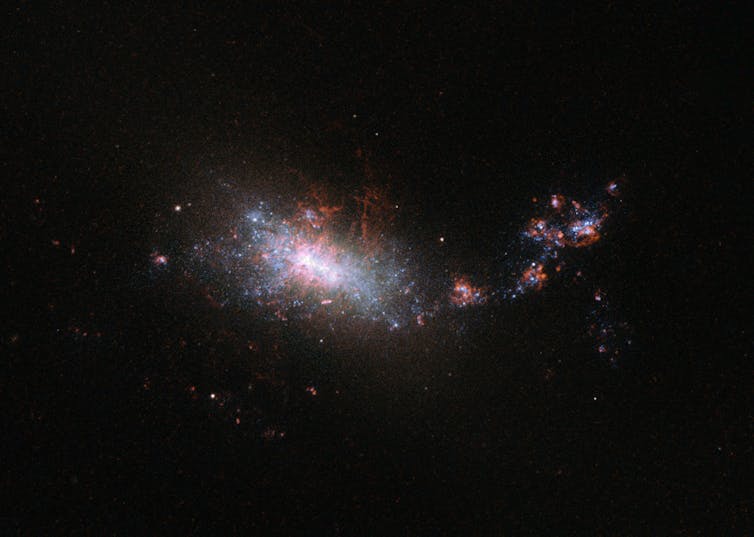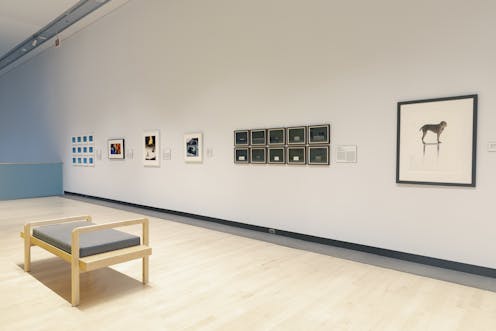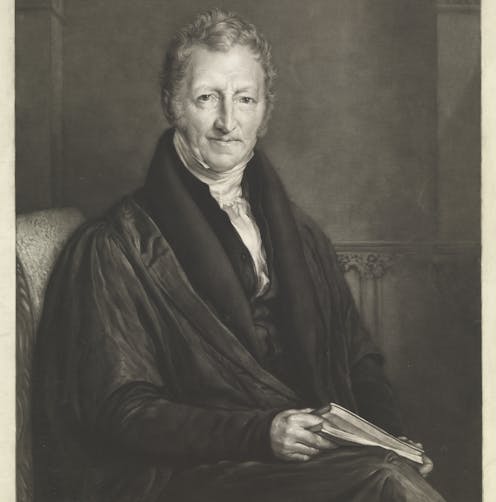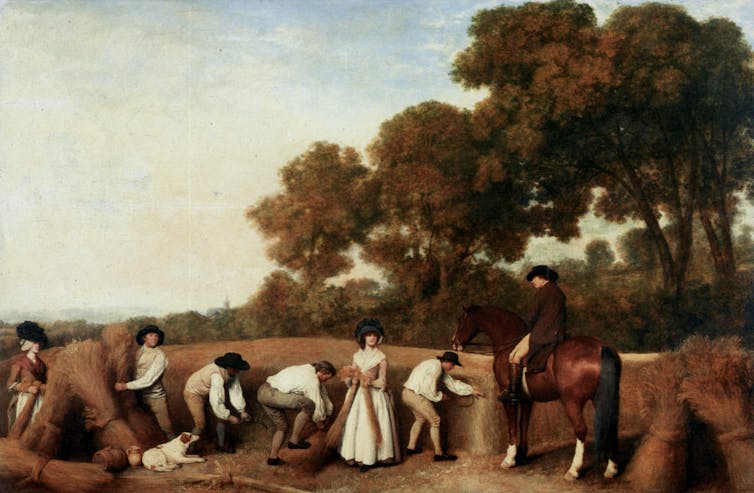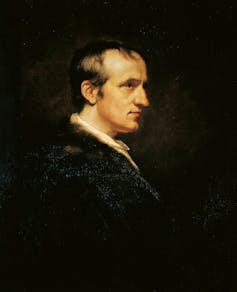Source: The Conversation – UK – By Andrew Filmer, Senior Lecturer in Theatre and Performance, Aberystwyth University
The relaunching of Glasgow’s famous Citizens Theatre – known locally as the “Citz” – marks the end of a significant seven-year redevelopment project that has seen the people of the city go without a cherished cultural landmark. It also highlights wider trends in how historic theatres are being redeveloped to make them more accessible, socially connected and sustainable while also preserving their heritage.
Extensive work has been done to improve almost all areas of the theatre, from foyer spaces and audience access, to sightlines in the auditorium and technical facilities. The redevelopment makes a feature of the Citizens’ history by revealing previously hidden sandstone walls in the foyer, and restoring its beloved statues of William Shakespeare, Robert Burns and assorted Greek goddesses to their position above the front entrance.
Opened in 1878 as the Royal Princess’s Theatre, the building has been the home of the Citizens Theatre Company since 1945, known for its bold stage productions, its youth and community theatre and participatory arts programmes.
Like many theatres, the Citizens has been continuously adapted over its 147-year history. In 1977 its neoclassical facade was removed following an earlier fire, and in 1989 a new foyer space and studio theatre were added. The current redevelopment, which began in 2018, was undertaken to ensure the building continues to serve the needs of the company and its community in the working-class Gorbals area, south of the river Clyde.
Connection, accessibility, sustainability
The redevelopment and restoration of older theatres such as the Citizens has become important as their social value and anchoring presence in towns and cities has been recognised. And of course it makes better sense environmentally and economically to reimagine and modernise old buildings than construct new ones.
Recent trends in redevelopments such as the Citizens provide insights into our shifting cultural values. Theatres are being renovated and redeveloped to make them more accessible and inclusive, more energy efficient and more flexible, while also keeping their history and heritage at the heart of the project.
Accessibility is a key feature of the redeveloped Citizens, reflecting the importance of the theatre as a place for social connection, community and inclusion. Attention has been focused on connecting the theatre to its urban environment, and improving the physical accessibility of audience spaces through step-free entrances, better circulation and lifts. Audiences will also be able to glimpse views of backstage activities.
Theatres increasingly serve an expanded social role with cafes, bars and spaces for exhibitions, not to mention education and participation programmes. Redesigned foyers signal this spatially, reinvented as public spaces. The Bristol Old Vic, which reopened in 2021, has a substantial new foyer which connects the existing theatre to the street, serves as a social space and can house events and performances.
Energy efficiency measures and lower carbon emissions are another factor in recent redevelopments, reflecting the need to address the climate emergency. According to a 2008 report by the Greater London Authority, around 80% of carbon emissions produced by London’s theatres come from building operation. Lowering energy consumption through energy efficiency measures like insulation, passive ventilation, and lighting controls are increasingly common.
Even relatively modern civic theatres from the late 20th century are hugely inefficient compared with contemporary standards and technologies. Theatr Clwyd in Mold, first opened in 1976 and recently refurbished, has replaced gas heating with air-source heat pumps, solar panels and natural ventilation. The renovated theatre now has “green” walls and roofs and has avoided significant use of concrete in favour of more sustainable materials.
Another feature in redeveloping older theatres is the need to design in flexibility so venues can house multiple types of events and also be adaptable for new art forms and technologies. Regular schedules for maintenance and the gradual upgrade of electrical and mechanical systems are being introduced to avoid less frequent, and more costly, redevelopments.
In July 2022 the Sydney Opera House completed a ten-year renewal programme which has seen significant upgrade of its concert hall. New features including movable wooden acoustic panels, automated systems to change the stage level and sound dampening drapes enable it to better accommodate different musical performances and events.
Theatres play an important role in the social and cultural life of towns and cities. The mix of old and new features in the redeveloped Citizens’ Theatre is a final important aspect which is common to all redevelopment projects. Theatres anchor communities, serving as places of memory and sites for the stories which connect us to each other, to the past and to our possible futures.
The reopening of Glasgow’s most famous theatre reflects how we value accessibility, social connection and sustainability. Theatres are never just performance spaces, but rather places which support our shared cultural life. The decisions we are making in their renewal today reveal a positive vision of the cultural life we want to sustain in the years ahead.
Looking for something good? Cut through the noise with a carefully curated selection of the latest releases, live events and exhibitions, straight to your inbox every fortnight, on Fridays. Sign up here.
![]()
Andrew Filmer does not work for, consult, own shares in or receive funding from any company or organisation that would benefit from this article, and has disclosed no relevant affiliations beyond their academic appointment.
– ref. Glasgow’s Citizens Theatre reopens: what its seven-year transformation reveals about the future of historic venues – https://theconversation.com/glasgows-citizens-theatre-reopens-what-its-seven-year-transformation-reveals-about-the-future-of-historic-venues-263688


